The Sydney Morning Herald (Australia) introduced beef wrapped in betel leaves and praised it as one of the "best dishes on the planet".
The Sydney Morning Herald simply explains that beef wrapped in betel leaves is "minced beef rolled in leaves" and is a specialty of the Southern people. The spices used to marinate the beef include chives, garlic, black pepper, sugar, fish sauce, oyster sauce, and MSG. After the spices are mixed well, the beef is rolled in betel leaves and is "best" when grilled over charcoal.
The newspaper described the dish as being as small as "fingers". After being grilled, the dish is sprinkled with peanuts, green onions, and mayonnaise. The side dishes are raw vegetables such as lettuce, herbs, star fruit, and young bananas. The dipping sauce for this dish is mam nem - a fermented fish sauce made from anchovies. "The combination of sweet, salty, smoky, sour flavors of the accompanying vegetables, and the crunchy, fatty taste of peanuts creates the most wonderful flavor on the planet," the editor of the Sydney Morning Herald said about the taste of beef wrapped in betel leaves.

Grilled beef wrapped in betel leaves. Photo: Istock
In Australia, this dish is often mistranslated as "beef wrapped in betel leaves". However, the leaf used is piper lolot, which is from the same family as betel leaves and has a less pungent taste. The scientific name of piper lolot is "piper sarmentosum". Piper lolot is a familiar ingredient in Vietnamese kitchens.
The dish "beef in betel leaves" is famous in the southern provinces. Before being introduced to Vietnam, this dish appeared in India and Middle Eastern countries. Since ancient times, Middle Eastern chefs have had the custom of rolling meat, rice and other seasoned vegetables in grape leaves to make a snack, called dolma.
When Middle Eastern traders began arriving in the Bengal region of India around the 9th century, the dish was passed down to local chefs, who continued to introduce the dish to Southeast Asia, including Vietnam. Grapevines do not grow well in Vietnam, so people replaced the leaves with lolot leaves.
The Sydney Morning Herald suggests that visitors to Ho Chi Minh City can visit the Pho Bo La Lot restaurant on Co Giang Street, District 4, to enjoy this specialty. In Sydney, Australia, visitors can go to the Gia Dinh restaurant in Marrickville, a suburb of Sydney's Inner West. In Melbourne, the dish is available at Viet Kitchen in Footscray. The dish is also available in Brisbane.
vnexpress.net





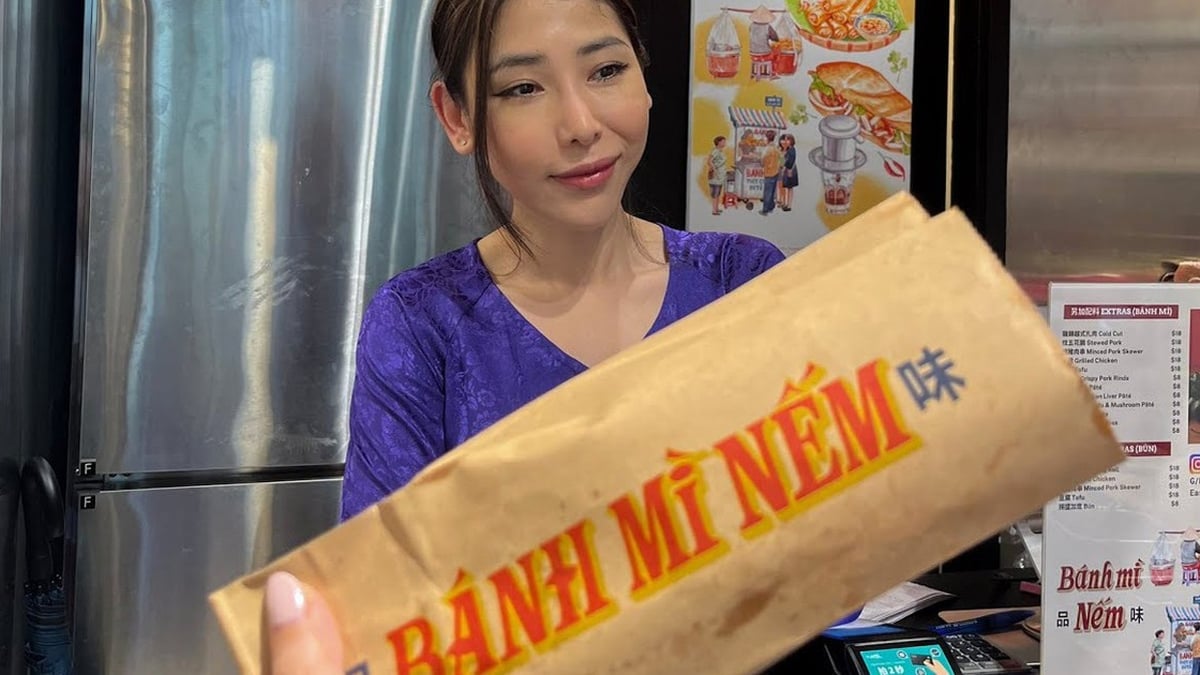



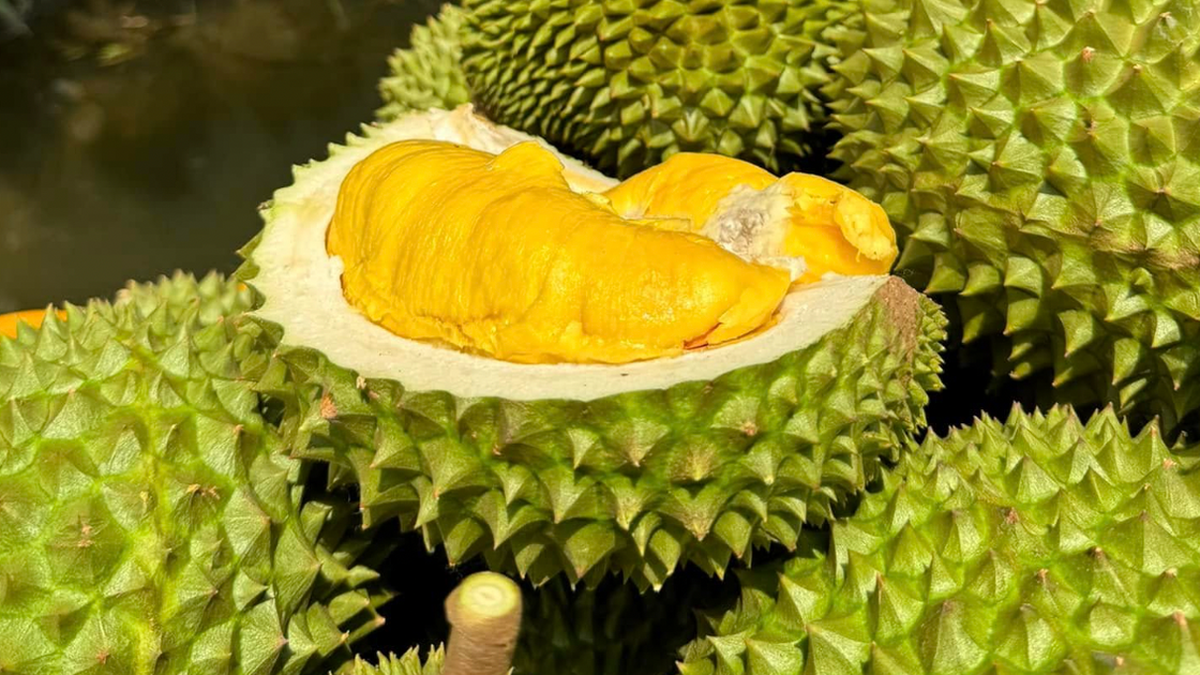



















![[Photo] Signing of cooperation between ministries, branches and localities of Vietnam and Senegal](https://vphoto.vietnam.vn/thumb/1200x675/vietnam/resource/IMAGE/2025/7/24/6147c654b0ae4f2793188e982e272651)

























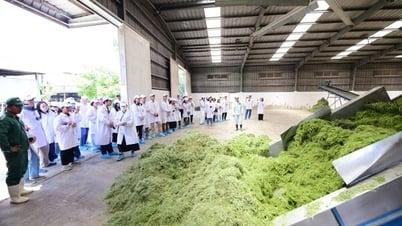


































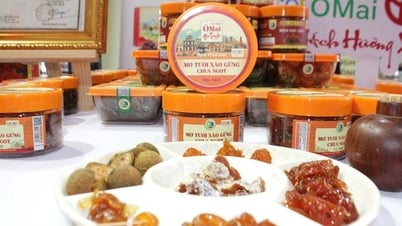








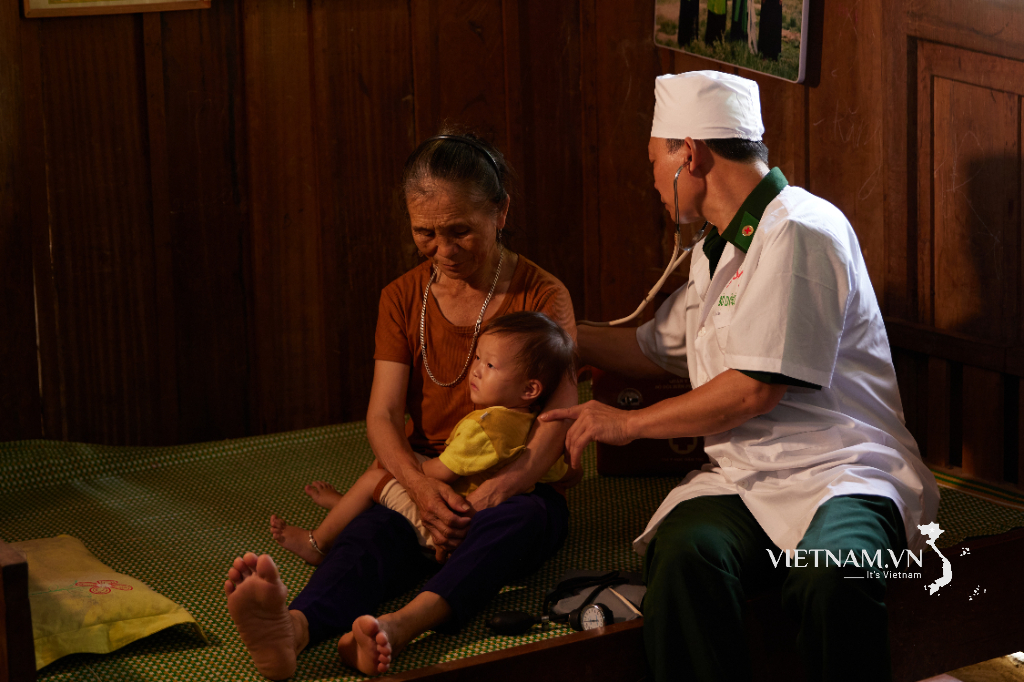

Comment (0)